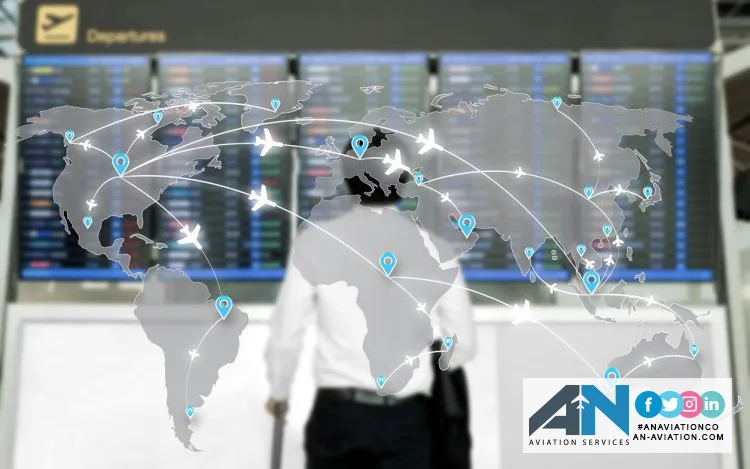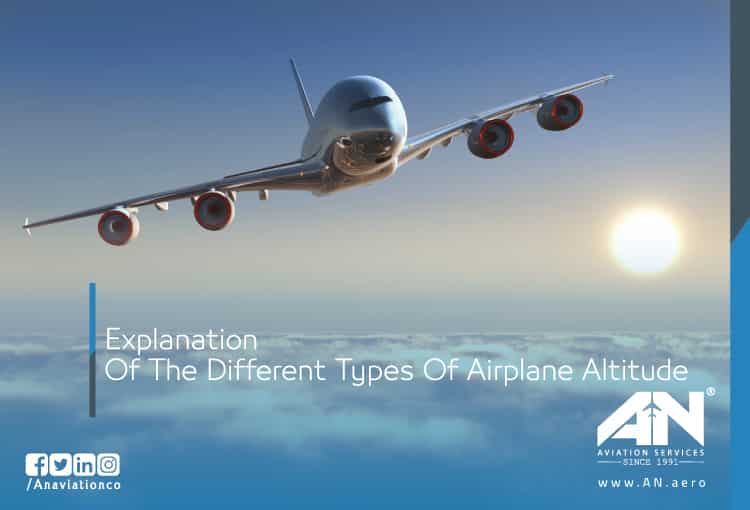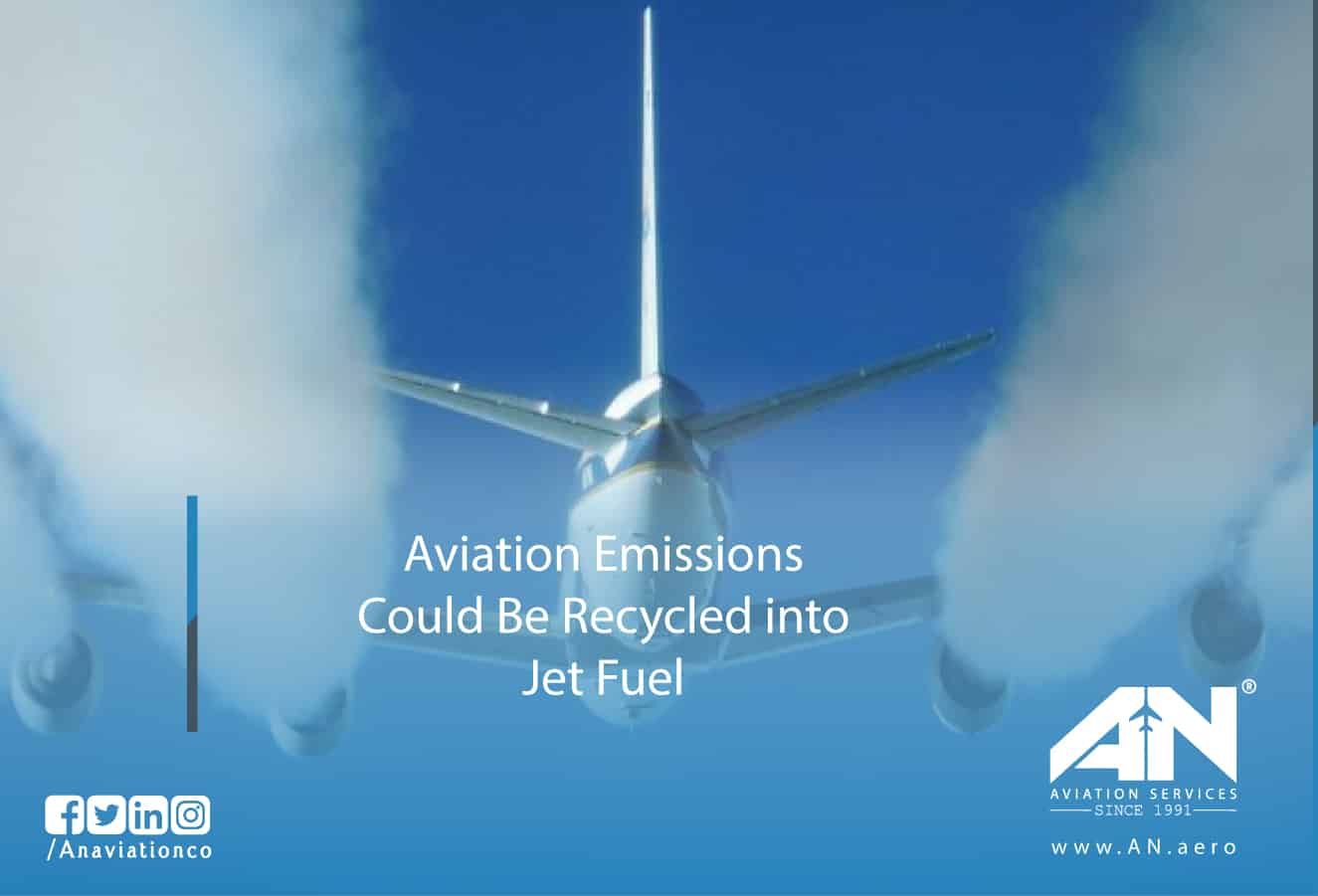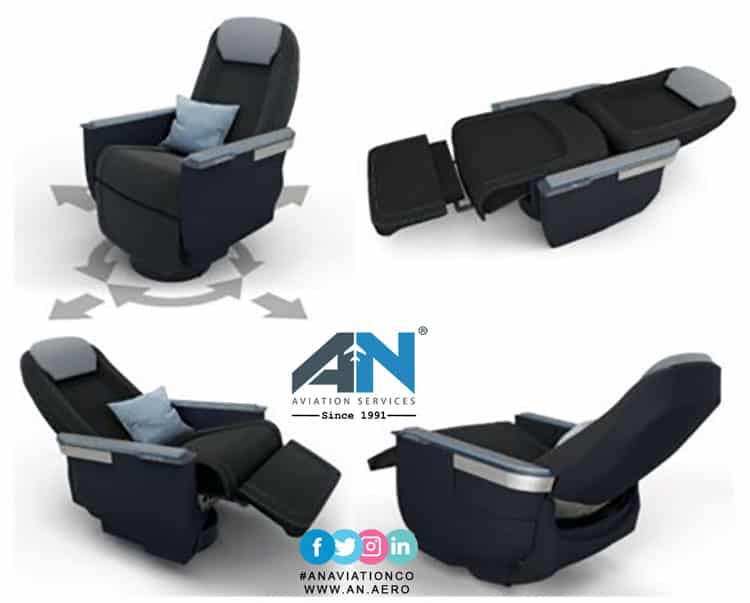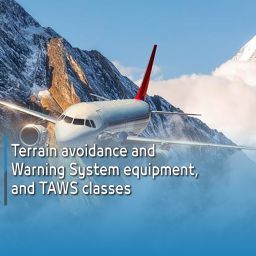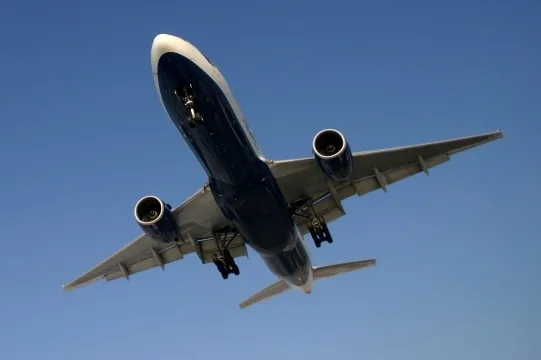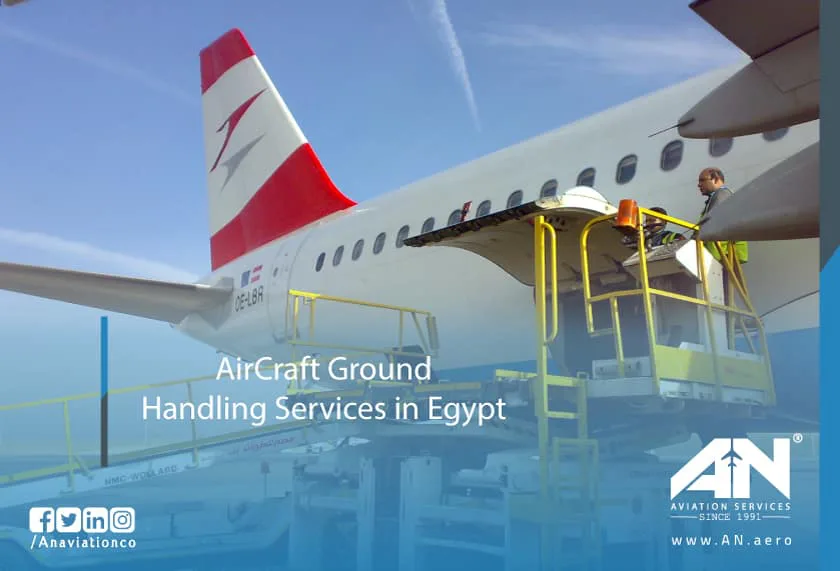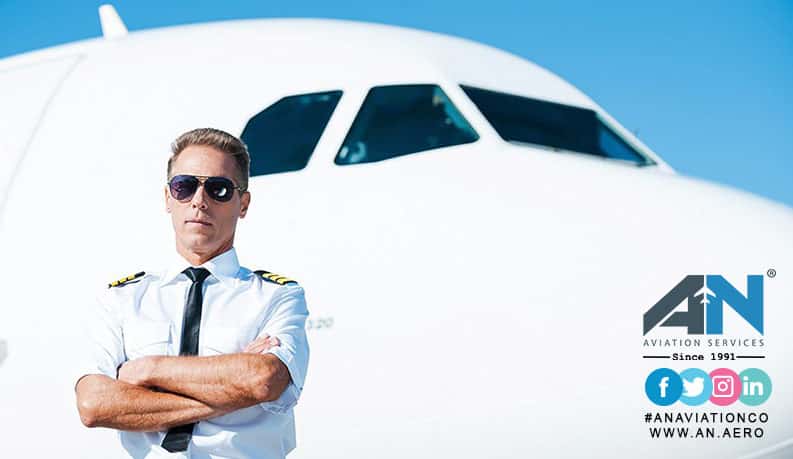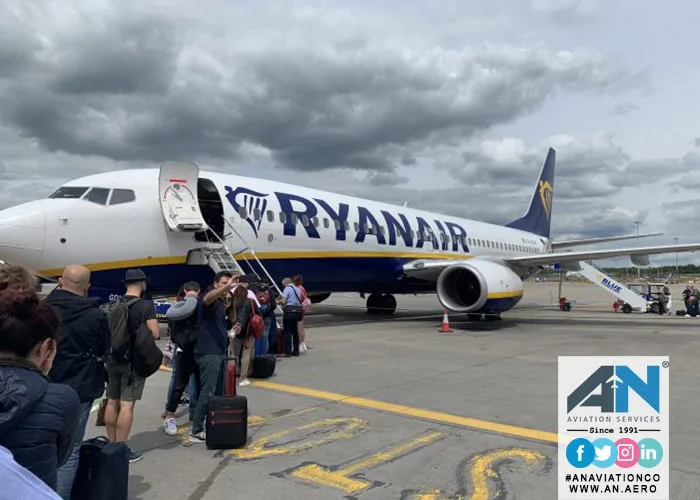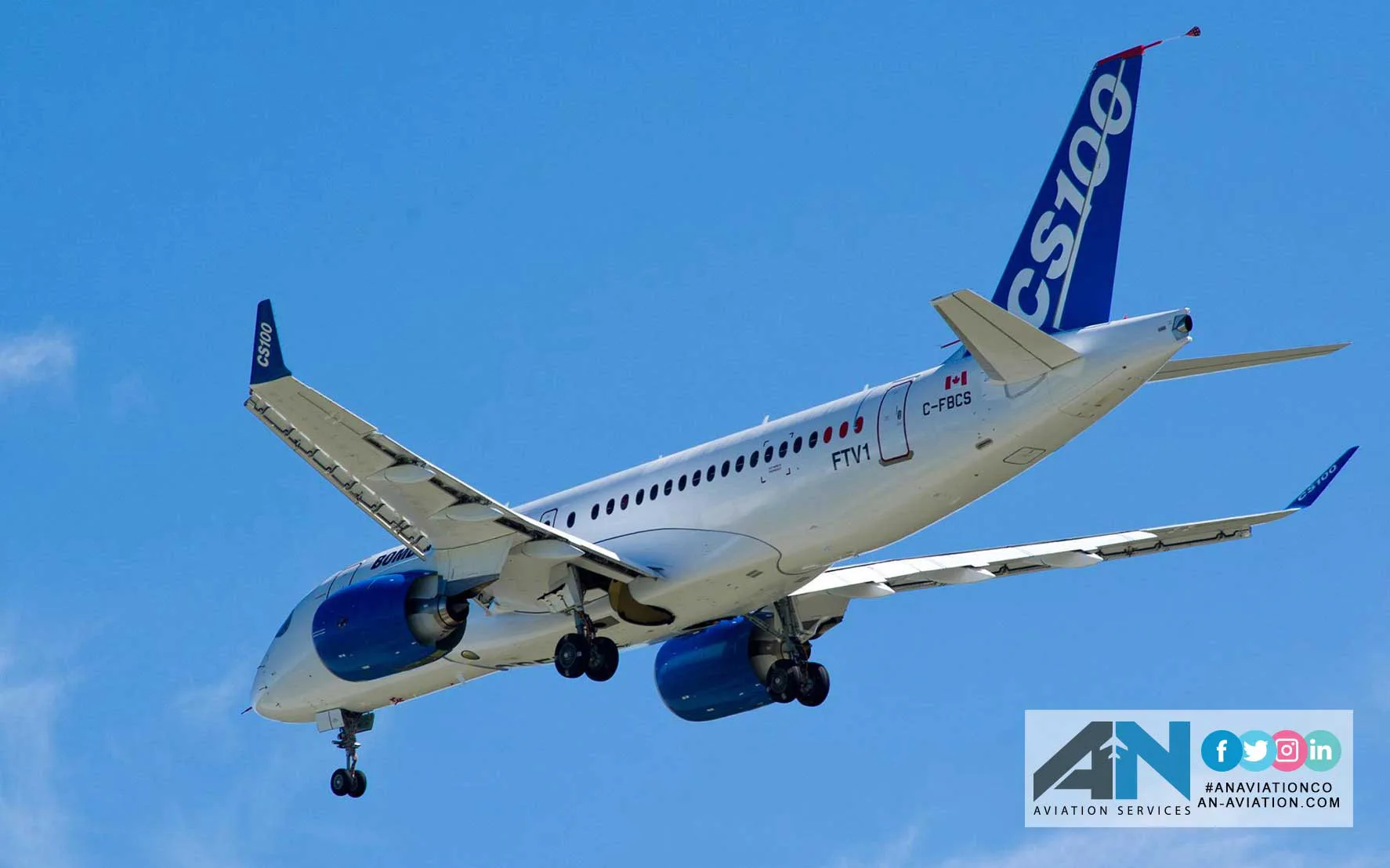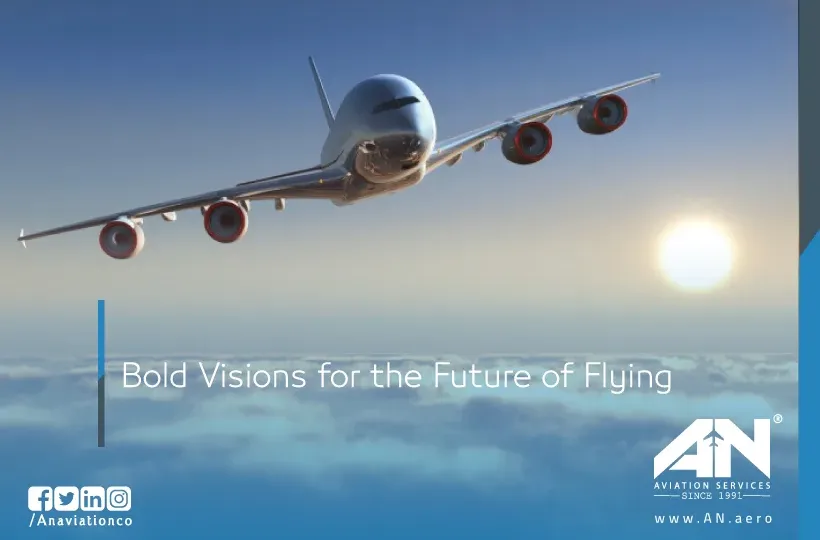
The future of flying is poised to revolutionize how people and goods move across the globe. As the aviation industry continues to embrace cutting-edge technology, the possibilities for high-speed, sustainable, and efficient air travel seem boundless. From supersonic flights to electric propulsion systems, the advancements on the horizon aim to not only enhance the passenger experience but also address critical challenges such as environmental sustainability and energy efficiency.
This bold reimagining of air transport goes beyond improving the current state of commercial flights; it envisions an entirely new era of aviation where innovation and sustainability coexist. With ambitious projects underway and an increasing focus on sustainable aviation fuel and alternative modes of transport, the future of air travel promises to be faster, greener, and more accessible than ever before.
The Next Generation of Passenger Aircraft
The passenger experience is at the heart of the future of aviation, and significant changes are expected in passenger aircraft design and technology. From reducing flight times on long-haul journeys to developing aircraft with greater fuel efficiency, the focus is on delivering a superior experience while minimizing the environmental impact.
One promising development is the exploration of blended wing designs. Unlike traditional aircraft with separate fuselage and wing sections, blended-wing planes merge these elements into a single structure. This innovative design not only reduces drag but also increases space for passengers and cargo, making it ideal for long-haul flights and high-capacity transport. Additionally, the design enhances fuel efficiency, reducing the overall carbon footprint of air travel.
Supersonic Flights Are Back
Decades after the Concorde ceased operations, supersonic passenger travel is making a comeback, promising to cut flight times in half and redefine global connectivity. Several companies are working on developing supersonic flights that combine high-speed travel with environmental consciousness.
Unlike their predecessors, the new wave of supersonic aircraft aims to overcome previous limitations such as excessive noise and high fuel consumption. Advances in propulsion systems, noise reduction technology, and the use of sustainable aviation fuel are enabling the creation of aircraft capable of reaching speeds greater than Mach 1 while adhering to modern environmental and regulatory standards.
These aircraft are particularly appealing for long-haul flights and business travelers who value time efficiency. For instance, future supersonic jets could reduce the travel time from New York to London to just three hours, opening the door to a new era of high-speed air transport.
Electric and Hybrid Propulsion
One of the most transformative advancements in the future of aviation is the development of electric propulsion systems. As the world moves toward reducing its dependence on fossil fuels, electric propulsion offers a sustainable alternative for powering aircraft.
Electric and hybrid-electric planes use batteries and electric motors to reduce or eliminate reliance on traditional jet fuels. While current battery technology limits these aircraft to shorter routes, ongoing research into energy storage and propulsion systems could soon make electric propulsion viable for commercial flights and longer distances.
This innovation isn’t just about sustainability—it’s also about improving efficiency and reducing costs. Electric engines are quieter, require less maintenance, and are more energy-efficient than traditional jet engines, making them a game-changer for regional air travel.
Sustainable Aviation Fuels and Energy Efficiency
While electric propulsion remains in development, sustainable aviation fuel (SAF) is already making an impact. SAF, derived from renewable sources such as algae, waste, or agricultural residues, can significantly reduce the carbon emissions associated with air transport. By integrating SAF into their operations, airlines are taking critical steps toward achieving net-zero emissions.
In addition to adopting SAF, airlines are working on improving the fuel efficiency of their aircraft. Modern materials like carbon composites and advanced aerodynamics are reducing the energy required to power flights. These advancements not only lower emissions but also reduce operational costs, benefiting both airlines and passengers.
Integration of Real-Time Technology
The aviation industry is increasingly relying on real-time data and cutting-edge technology to enhance safety, efficiency, and passenger satisfaction. From advanced air traffic management systems to predictive maintenance tools, real-time insights are streamlining operations and improving the overall air travel experience.
For passengers, real-time updates on flight status, baggage tracking, and onboard services are becoming standard features, making travel more transparent and stress-free. Airlines, on the other hand, are using real-time analytics to optimize flight plans, minimize delays, and ensure smooth coordination across global transport systems.
Toward a Greener Future
As concerns about climate change continue to grow, the aviation industry is under pressure to reduce its carbon emissions and adopt greener practices. This commitment to sustainability is driving investments in technological innovations and alternative fuels that could redefine the future of air transport.
In addition to electric and hybrid propulsion systems, initiatives like carbon offset programs, lightweight aircraft materials, and energy-efficient airport operations are playing a crucial role in shaping a more sustainable aviation industry. By integrating these solutions, the industry aims to strike a balance between growth and environmental responsibility.
The Role of Urban Air Mobility
Another exciting aspect of the future of flying is the emergence of urban air mobility solutions, such as air taxis and drones. These innovations aim to transform short-distance travel by offering faster, more efficient alternatives to traditional modes of transport.
Electric vertical take-off and landing (eVTOL) aircraft are at the forefront of this movement. Designed for urban environments, these vehicles could reduce congestion on the ground while providing an eco-friendly mode of transportation. As cities grow and infrastructure evolves, urban air mobility is expected to play a key role in modernizing transport systems.
Bold Visions, Bright Future
The future of air travel is filled with bold visions and ambitious goals. From supersonic flights that shorten global distances to sustainable aviation fuel and electric propulsion, the innovations on the horizon promise to transform the aviation industry as we know it.
These advancements aren’t just about moving people from point A to point B—they’re about rethinking how we connect with the world, with a focus on efficiency, sustainability, and passenger experience. As the aviation industry continues to push the boundaries of what’s possible, the skies of tomorrow look brighter than ever.



